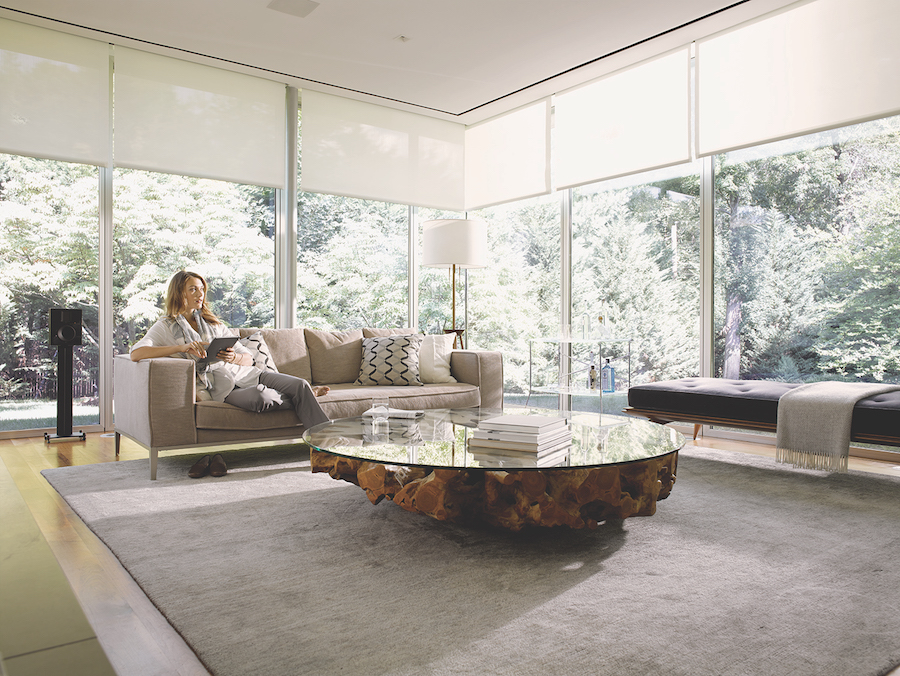 IoT vs. Home Automation
IoT vs. Home Automation
Is There a Difference, and Why Should You Care?
To cut to the chase on our premise, yes, there is a difference, and you should care. Even though the economy here in the San Francisco Bay Area is largely based in technology companies and residents are more than familiar with these terms, it’s still useful to start with some definitions.
Much is written about IoT, which is an acronym for the Internet of Things. The “things” refer to smart devices that have internet connectivity and enough intelligence within them - chips and software - to do “smart things.” Think of your smartphone as one of those smart things, and for that matter, your tablet or laptop. We all know what they do for us every day.
The other side of IoT is how the intelligence being built into devices is changing industries and the way we live. IoT is an all-encompassing term about how smart devices can communicate with each other and take advantage of information over the internet to do things like never before. For example, IoT will make a significant impact on healthcare. Devices that monitor physical data like blood pressure, heart rate, and blood sugar will be able to use that data and the power of cloud computing to warn of a stroke in a diabetes patient - before it happens. Another example is the self-driving automobile. The automobile was once not a particularly smart device needing a human driver. With the power of advanced computing, sensors, sophisticated software, and internet connectivity, cars can drive themselves and navigate to a destination without your input. We may not be to that level yet - but we’ve seen that future and know it’s coming.
So where does home automation fit into this equation? Home automation is but one part of IoT. Smart devices like Nest thermostats, smart lights, video doorbells, and Samsung's smart refrigerators are all part of the Internet of Things. Why? Because they can all share information and offer control of their operation over the internet to other applications. And as IoT devices, that means you can do smart things with them, like adjust your thermostat and lights when you leave the house, automatically. More than that, as part of IoT, these devices can do even smarter things. In some cities, intelligent thermostats can participate in demand-response programs to help curb peak electricity loads and keep the energy grid stable. This is another example of what IoT can do in the future, beyond simple remote control and automation.
Getting closer to home, let's take a more in-depth look at how true home automation is more than a collection of smart IoT devices, and why that's important.




